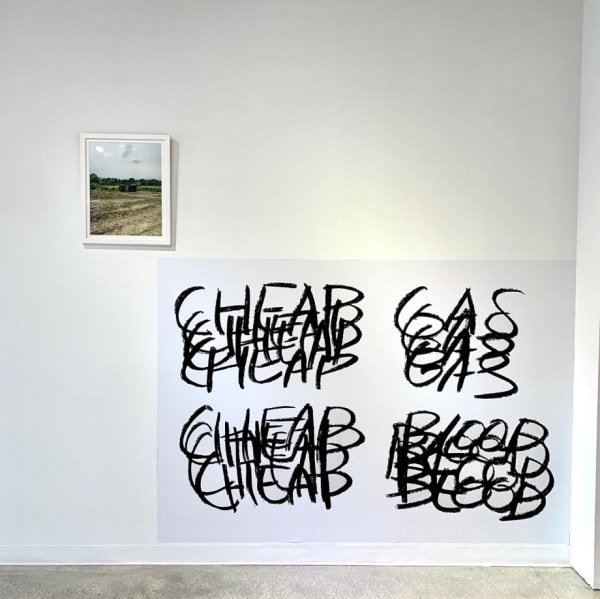Memory on Her Face: Part II
Voloshyn Gallery is proud to present The Memory on Her Face: Part II, a group exhibition of Ukrainian artists featuring works by Nikita Kadan, Lesia Khomenko, Nikolay Karabinovych, Maria Sulymenko, Vlada Ralko, Yevgen Samborsky and Oleksiy Sai.
The first iteration of this exhibition, The Memory on Her Face, was presented in Miami between February 5 and March 28, 2022. After the Russian Federation invaded Ukraine on February 24, the exhibition project gained new relevance. Curated by Omar Lopez-Chahoud, an independent curator and the artistic director of Untitled Art Fair, The Memory on Her Face: Parts I and II document the events that unfolded in Ukraine over the last 8 years, tracing the physical destruction and collective anguish caused by unfathomable events that demand global attention.
The exhibition highlight the artists’ take on historical events and processes, interactions between the past and the present, and ideas of the future, addressing issues of national identity, destruction, and renaissance. Through an embrace a visual language that poetically expresses their personal experiences, The Memory on Her Face: Part II reflects on how past and recent historical events have shaped Ukrainian identity.
Nikita Kadan’s works from the “Tiger’s Leap” series refer to Walter Benjamin’s homonymous notion of a spring back into the past in search of an impetus to reinstate political struggles in the present. Kadan’s Tiger’s Leap is a reconstruction of quotidian instruments refashioned into handmade spears used by workers of the Horlivka Machine-Building Factory during the 1905 armed uprising against the Belgian factory owner. This historical focus sheds light on the European role during the first modernization of Donbas, an revisits a history of abuse, workers’ struggles, and revolution in the Russian Empire. In his “National Landscape” series, Kadan depicts landscapes as witnesses of carnage, murder, and human violence, offering viewers an opportunity to reflect on large-scale violence, and rediscover their identities within the darkness of history.
Lesia Khomenko’s series of paintings titled “Vernadsky’s Dacha” engges with historical memory while focusing on the local context. The series depicts the cottage that belonged to the scientist Vladimir Vernadsky on Butova Hill, outside the village of Shyshaky, where the scholar developed his theory of the noosphere. Khomenko’s paintings use archival photographs of the Vernadsky’s cottage from the Shyshaky Local History Museum. When she visited the cottage site with the intention of photographing it, Khomenko found it overgrown with trees. “Standing in front of the thickets and not recognizing the place, I felt lost; this feeling became the foundation of my works,” the artist explains in her description of this series. The cottage becomes an imagined site: the building is hidden in the thickets. In the foreground are the poplars, allegedly planted by the scholar himself, and the dancing body of the artist enlarged to match the size of the trees.
Vlada Ralko presents her Signs series, which address issues of identity and relevant social and political contexts by delving into the existential pain and suffering of the collective body. The Signs series remains one of her most critical projects, resisting unambiguous interpretations,. When Ralko began working on them back in 2008, she seemed to anticipate asking, “What does this mean?” Instead of explaining, she offers decontextualization as an element of vulnerability and challenge. Ralko attempts to put her audience through a U-turn, creating a vicious circle: each unanswered question produces more doubt. These works depict a break, something that is exteriorized, damaging the body from the inside.











